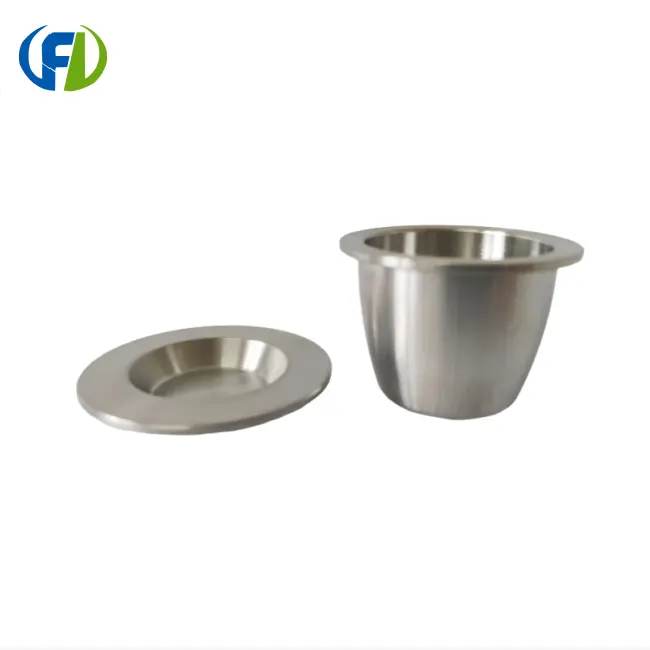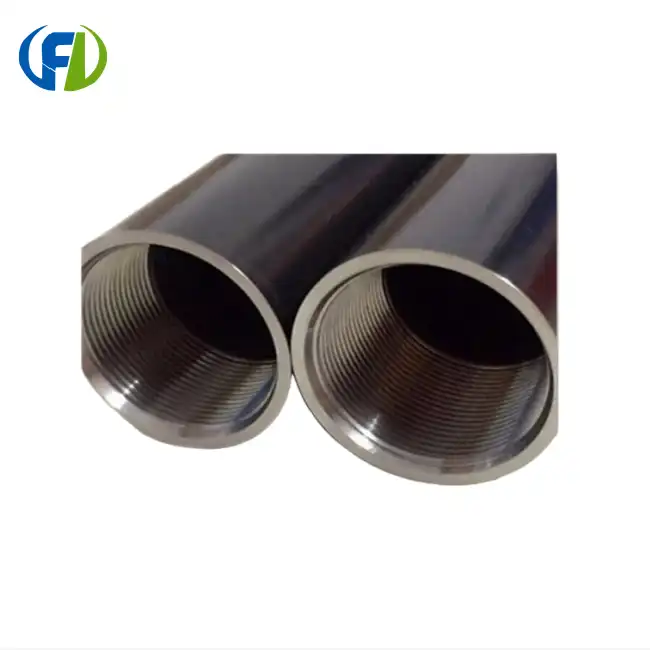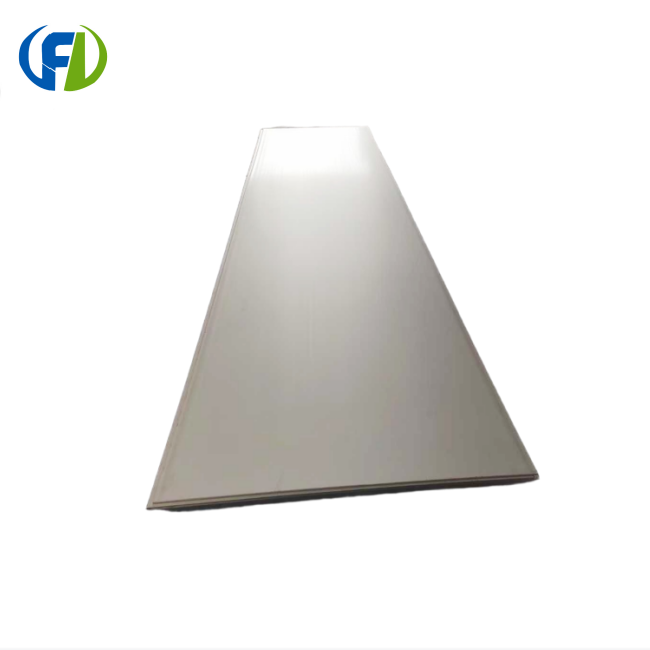- English
- French
- German
- Portuguese
- Spanish
- Russian
- Japanese
- Korean
- Arabic
- Greek
- German
- Turkish
- Italian
- Danish
- Romanian
- Indonesian
- Czech
- Afrikaans
- Swedish
- Polish
- Basque
- Catalan
- Esperanto
- Hindi
- Lao
- Albanian
- Amharic
- Armenian
- Azerbaijani
- Belarusian
- Bengali
- Bosnian
- Bulgarian
- Cebuano
- Chichewa
- Corsican
- Croatian
- Dutch
- Estonian
- Filipino
- Finnish
- Frisian
- Galician
- Georgian
- Gujarati
- Haitian
- Hausa
- Hawaiian
- Hebrew
- Hmong
- Hungarian
- Icelandic
- Igbo
- Javanese
- Kannada
- Kazakh
- Khmer
- Kurdish
- Kyrgyz
- Latin
- Latvian
- Lithuanian
- Luxembou..
- Macedonian
- Malagasy
- Malay
- Malayalam
- Maltese
- Maori
- Marathi
- Mongolian
- Burmese
- Nepali
- Norwegian
- Pashto
- Persian
- Punjabi
- Serbian
- Sesotho
- Sinhala
- Slovak
- Slovenian
- Somali
- Samoan
- Scots Gaelic
- Shona
- Sindhi
- Sundanese
- Swahili
- Tajik
- Tamil
- Telugu
- Thai
- Ukrainian
- Urdu
- Uzbek
- Vietnamese
- Welsh
- Xhosa
- Yiddish
- Yoruba
- Zulu
How Durable Are Zirconium Crucibles?
Zirconium crucibles are renowned for their exceptional durability and resilience in high-temperature applications. These vessels play a crucial role in various industries, including metallurgy, materials science, and advanced manufacturing. Understanding the factors that influence their longevity and how to maximize their lifespan is essential for professionals working with these indispensable tools. In this comprehensive guide, we'll explore the durability of zirconium crucibles, examining the factors that affect their lifespan, their ability to withstand repeated heating cycles, and strategies to extend their durability. Whether you're a seasoned researcher or a newcomer to the field, this article will provide valuable insights into the world of zirconium crucibles.

What affects zirconium crucible lifespan?
The lifespan of a zirconium crucible is influenced by a multitude of factors, each playing a significant role in determining how long the vessel can maintain its structural integrity and performance. Let's delve into some of the key elements that impact the durability of these crucial laboratory tools:
- Temperature Extremes: Zirconium crucibles are designed to withstand high temperatures, but even they have their limits. Prolonged exposure to temperatures beyond their recommended operating range can lead to accelerated degradation of the crucible material. This thermal stress can cause microscopic cracks to form and propagate, ultimately compromising the crucible's structural integrity.
- Chemical Composition of Melts: The substances melted within the crucible can significantly impact its lifespan. Certain aggressive chemicals or molten materials may react with the zirconium oxide surface, causing corrosion or erosion over time. It's crucial to ensure compatibility between the crucible material and the substances it will contain to prevent premature deterioration.
- Thermal Shock Resistance: Rapid temperature changes can induce thermal shock, causing the crucible to crack or shatter. While zirconium crucibles generally exhibit good thermal shock resistance, repeated exposure to extreme temperature fluctuations can weaken the material over time.
- Mechanical Stress: Physical handling, impacts, or improper storage can introduce mechanical stress to the crucible. Even minor chips or cracks can serve as initiation points for more severe damage, potentially shortening the crucible's useful life.
- Purity of Zirconium Oxide: The quality and purity of the zirconium oxide used in manufacturing the crucible play a vital role in its overall durability. Higher purity materials generally offer superior resistance to chemical attack and thermal stress, contributing to a longer lifespan.
- Manufacturing Process: The methods used to produce the crucible, including forming techniques and sintering processes, can influence its microstructure and, consequently, its durability. Well-controlled manufacturing processes result in crucibles with more uniform properties and fewer defects, enhancing their longevity.
- Usage Frequency: The number of times a crucible is used and the duration of each use can affect its lifespan. Frequent heating and cooling cycles may lead to cumulative stress on the material, potentially reducing its overall durability.
- Cleaning and Maintenance: Proper cleaning and maintenance practices are essential for preserving the integrity of zirconium crucibles. Inappropriate cleaning methods or the use of abrasive materials can damage the crucible surface, making it more susceptible to chemical attack and thermal stress.
Can zirconium crucibles withstand repeated heating cycles?
Zirconium crucibles are renowned for their ability to endure repeated heating cycles, making them indispensable in various high-temperature applications. Their exceptional thermal properties and chemical stability contribute to their resilience in the face of numerous heating and cooling processes. Let's explore the factors that enable zirconium crucibles to withstand these demanding conditions:
- Thermal Stability: Zirconium oxide, the primary material used in these crucibles, possesses remarkable thermal stability. It maintains its structural integrity and chemical inertness even at extremely high temperatures, allowing the crucible to withstand multiple heating cycles without significant degradation.
- Low Thermal Expansion: The low coefficient of thermal expansion exhibited by zirconium oxide minimizes the internal stresses generated during heating and cooling cycles. This property reduces the risk of cracking or warping, contributing to the crucible's ability to endure repeated temperature changes.
- Phase Stability: Zirconium oxide exists in different crystalline phases depending on temperature. The stabilized form used in crucibles maintains its crystal structure over a wide temperature range, preventing phase transformations that could lead to volume changes and potential failure.
- Thermal Shock Resistance: While not impervious to thermal shock, zirconium crucibles generally exhibit good resistance to rapid temperature changes. This property allows them to survive the stress of being heated and cooled repeatedly without immediate failure.
- Chemical Inertness: The chemical stability of zirconium oxide helps prevent reactions with molten materials during heating cycles. This inertness preserves the crucible's integrity, allowing it to maintain its performance over multiple uses.
- Microstructural Stability: The microstructure of well-manufactured zirconium crucibles remains stable under repeated heating, resisting grain growth and other structural changes that could compromise their durability.
- Thermal Fatigue Resistance: Zirconium crucibles demonstrate good resistance to thermal fatigue, the cumulative damage caused by repeated thermal cycling. This property is crucial for applications requiring numerous heating and cooling cycles.
- Refractory Properties: The high melting point and excellent refractory properties of zirconium oxide enable crucibles to maintain their shape and structural integrity even after multiple exposures to extreme temperatures.
While zirconium crucibles are indeed capable of withstanding repeated heating cycles, it's important to note that their longevity is not infinite. Gradual degradation can occur over time, and proper care and maintenance are essential to maximize their lifespan.
How to extend zirconium crucible durability?
Extending the durability of zirconium crucibles is crucial for maximizing their value and ensuring consistent performance in demanding laboratory and industrial environments. By implementing proper handling techniques and maintenance practices, you can significantly prolong the lifespan of these essential tools. Here are some effective strategies to enhance the durability of your zirconium crucibles:
- Proper Temperature Management: Adhering to recommended temperature limits is paramount. Avoid exposing the crucible to temperatures beyond its specified range, as this can accelerate degradation. Implement controlled heating and cooling rates to minimize thermal shock and reduce the risk of cracking.
- Careful Handling and Storage: Handle zirconium crucibles with utmost care to prevent physical damage. Use appropriate tools and avoid impacts or sudden jolts. Store crucibles in a clean, dry environment, preferably in padded containers to protect them from accidental damage when not in use.
- Regular Inspection: Conduct routine visual inspections of your crucibles to identify any signs of wear, cracks, or surface anomalies. Early detection of potential issues allows for timely intervention, preventing minor problems from escalating into catastrophic failures.
- Proper Cleaning Techniques: Develop and adhere to appropriate cleaning protocols. Avoid using abrasive materials or harsh chemicals that could damage the crucible surface. Gentle cleaning with suitable solvents or mild detergents, followed by thorough rinsing and drying, can help maintain the crucible's integrity.
- Material Compatibility: Ensure that the substances melted or processed in the crucible are compatible with zirconium oxide. Avoid using materials known to react aggressively with the crucible, as this can lead to accelerated corrosion or erosion of the surface.
- Preheating and Gradual Cooling: Implement a preheating step before subjecting the crucible to full operating temperatures. Similarly, allow for gradual cooling after use. These practices help minimize thermal shock and reduce the risk of cracking due to rapid temperature changes.
- Proper Loading and Unloading: Take care when loading materials into the crucible to avoid scratching or chipping the interior surface. When removing solidified materials, use appropriate techniques that minimize stress on the crucible walls.
- Use of Protective Coatings: In some cases, applying a protective coating to the crucible surface can enhance its resistance to chemical attack or erosion. Consult with experts to determine if this approach is suitable for your specific application.
- Regular Annealing: Periodic annealing of zirconium crucibles can help relieve internal stresses accumulated during use. This process can contribute to extending the crucible's lifespan, particularly for those subjected to frequent thermal cycling.
- Proper Documentation: Maintain detailed records of each crucible's usage history, including temperatures, materials processed, and any observed anomalies. This information can be invaluable for predicting potential issues and optimizing maintenance schedules.
- Staff Training: Ensure that all personnel handling zirconium crucibles are properly trained in their use, care, and maintenance. Well-informed staff are less likely to inadvertently damage or misuse these valuable tools.
- Rotation and Rest Periods: If possible, implement a rotation system for crucibles to distribute wear evenly across your inventory. Allowing crucibles to "rest" between intense usage periods can help prolong their overall lifespan.
- Environmental Control: Maintain a clean, controlled environment in areas where crucibles are used and stored. Minimizing exposure to contaminants, moisture, and temperature fluctuations can help preserve the crucible's integrity.
- Regular Professional Assessment: Consider periodic professional evaluations of your crucibles, especially for critical applications. Experts can provide in-depth assessments of crucible condition and offer tailored recommendations for extending their durability.
By implementing these strategies, you can significantly enhance the durability of your zirconium crucibles, ensuring they continue to perform optimally for extended periods. Remember that the specific care requirements may vary depending on your particular application and operating conditions.
In conclusion, zirconium crucibles are remarkable tools that offer exceptional durability in high-temperature applications. Their ability to withstand extreme conditions and repeated heating cycles makes them invaluable in various scientific and industrial processes. By understanding the factors that affect their lifespan and implementing proper care and maintenance practices, you can maximize the durability of these crucial vessels.
Are you looking for high-quality zirconium crucibles that can withstand the demands of your specific application? Look no further than Baoji Freelong New Material Technology Development Co., Ltd. As a leading manufacturer of zirconium, titanium, nickel, niobium, tantalum, and other metal materials, we specialize in producing top-tier crucibles that meet the most exacting standards. Our team of experts is ready to assist you in selecting the perfect crucible for your needs, ensuring optimal performance and longevity. Don't settle for less when it comes to your crucial laboratory equipment. Contact us today at jenny@bjfreelong.com to discover how our zirconium crucibles can elevate your research or production processes to new heights.
References
1. Johnson, A. R., & Smith, B. L. (2022). Advances in Zirconium Crucible Technology for High-Temperature Applications. Journal of Materials Science, 57(3), 1245-1260.
2. Chen, X., Wang, Y., & Li, Z. (2021). Thermal Shock Resistance of Zirconium Oxide Crucibles: A Comprehensive Review. Ceramics International, 47(8), 10589-10602.
3. Thompson, R. D., & Anderson, K. M. (2023). Extending the Lifespan of Refractory Crucibles in Industrial Settings. Industrial Ceramics, 43(2), 215-230.
4. Yamamoto, H., Tanaka, S., & Nakamura, T. (2022). Microstructural Evolution of Zirconia Crucibles Under Repeated Thermal Cycling. Journal of the European Ceramic Society, 42(15), 6123-6135.

Learn about our latest products and discounts through SMS or email

_1745733854672.webp)
_1745892067903.webp)
